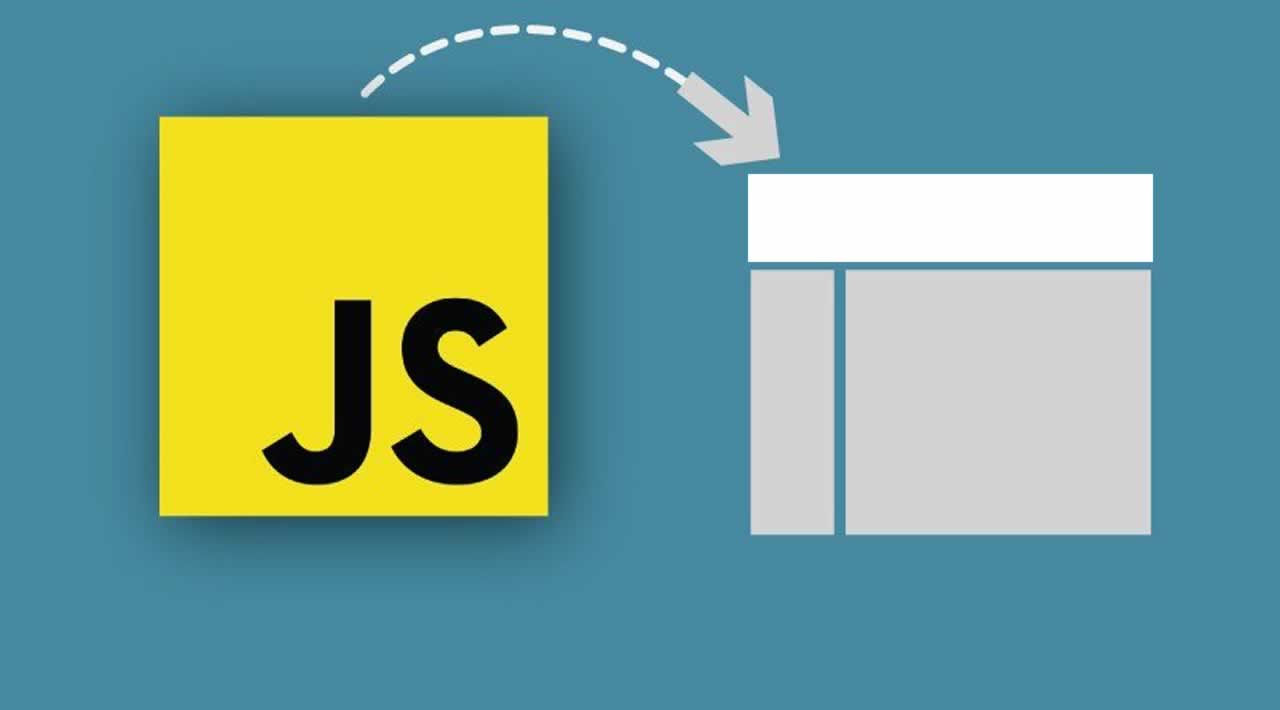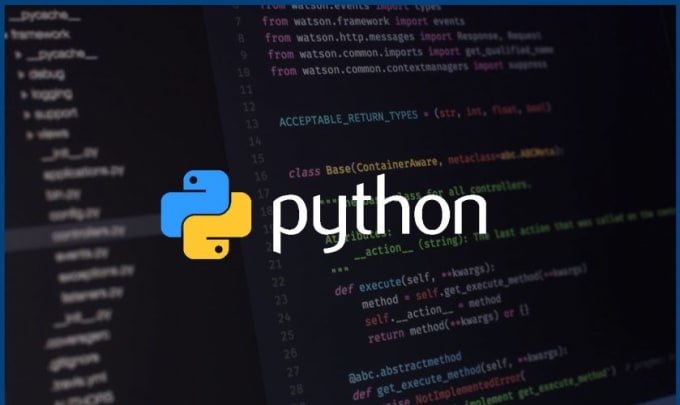JavaScript is one of the foundational web development languages
including with HTML and CSS JavaScript is a client scripting
language which is used for creating web pages. It is used when a
user want to make webpage dynamic and add special effects on page
like animations, content manipulation on scroll and many types of
graphics which manipulation DOM. Now, common question comes first
that - is Javascript front end or backend?
Java-Script is used on all platform of web development. Yes
JavaScript used in both front end and backend.
#JavaScript for Front End
Development
In Front end, JavaScript used to make web pages dynamic.
JavaScript is the best language for manipulating HTML to do
various task such as validating submission forms, making
animations on HTML objects or updating specific section of page
content without updating the entire page.
#JavaScript for Back End
Development
In Backend, its use Node.js framework. Which is a runtime
environment for backend work in JavaScript. The Node.js framework
allows a developer to retrieve data from database & display on
front end & build scalable network applications able to process
many user requests.
#What is the JavaScript framework,
and why to use one?
JavaScript framework is an application framework written in
JavaScript. Where the developer manipulate frameworks built-in
functions and use them for their convenience.
Most of the developers prefer to use
Frameworks, which is more
adaptable for the designing of websites, and JavaScript frameworks
are a type of tool that makes working with JavaScript easier and
smoother.
Top JavaScript Frameworks and libraries
1.React
React is one of the top JavaScript framework developed and used by
Facebook to build user interfaces. React is a declarative,
efficient, and flexible JavaScript library. React allows
developers to create large web applications that can change data
on user action, without reloading the page. The main purpose of
React is to be fast, scalable, and simple. It works only on user
interfaces in the application & can be integrate with any backend
of your choice such as
PHP, Node.js, Django & many more.
If you’re a novice and not sure about where to begin, React is a
very good place to start your frontend development journey.
#ReactJS Example
Below, links are used to make React environment on HTML page
without setting up special thing.
<script src= "https://unpkg.com/react@16/umd/react.production.min.js"></script>
<script src= "https://unpkg.com/react-dom@16/umd/react-dom.production.min.js"></script>
<script src="https://unpkg.com/babel-standalone@6.15.0/babel.min.js"></script>
<div id="id01">Hello World!</div>
<script type="text/babel">
ReactDOM.render(
<h1>Hello React!</h1>,
document.getElementById('id01'));
</script>
#ReactJS Features
JSX - In React, instead of using regular
JavaScript for return HTML data to browser, it uses JSX. JSX is a
simple JavaScript that enables HTML quoting and uses these HTML
tag syntax to render sub components. HTML syntax is processed into
JavaScript calls of React Framework. Additionally, we can also
write in pure old JavaScript.
React Native - React-native is a mobile apps
building framework using only Javascript. It uses the same design
as React, letting you utilize a rich mobile UI library components.
It uses the same fundamental for UI building blocks as regular iOS
and Android apps. The best part of using react-native is its a
cross platform language means you dont need to write different
code for IOS & Android. Also its very easy to converting React Web
UI to React Native Mobile UI
Virtual Document Object Model - React creates an
in-memory data structure cache which computes the changes made and
then updates the browser. This allows a special feature that
enables the programmer to code as if the whole page is rendered on
each change whereas react library only renders components that
actually change.
2.Angular
One of the most powerful, efficient, and open-source JavaScript
frameworks is Angular. Google operates this framework and is
implemented to use for developing a Single Page Application (SPA).
It extends the HTML into the application and interprets the
attributes to perform data binding.
#Angular Example
<script src="https://ajax.googleapis.com/ajax/libs/angularjs/1.6.9/angular.min.js"></script>
<h2>AngularJS</h2>
<div ng-app="" ng-init="firstName='John'">
<p>Input something in the input box:</p>
<p>Name: <input type="text" ng-model="firstName"></p>
<p>You wrote: <b>{{ firstName }}</b></p>
</div>
#Angular Features
Virtual Document Object Model - Learn one way to
build applications with Angular and reuse your code and abilities
to build apps for any deployment target. For web, mobile web,
native mobile and native desktop.
SPEED & PERFORMANCE - Achieve the maximum speed
possible on the Web Platform today, and take it further, via Web
Workers and server-side rendering. Angular puts you in control
over scalability. Meet huge data requirements by building data
models on RxJS, Immutable.js or another push-model.
Angular is mobile and desktop-ready
- meaning you have one framework for multiple platforms.
Angular is actively maintained - It has a large
community and ecosystem. You can find lots of materials on this
framework as well as many useful third-party tools.
3.Vue.js
Though developed in the year 2016, this JavaScript framework has
already made its way into the market and has proven its worth by
offering various features. Its dual integration mode is one of the
most attractive features for the creation of high-end SPA or
Single Page Application. It is a much reliable platform for
developing cross-platform.
#Vue Example
In the example below, a new Vue object is created with new Vue().
The property el: binds the new Vue object to the HTML element with
id="MyFirstApp".
<div id="MyFirstApp">
<h1>{{ message }}</h1>
</div>
<script>
var Object = new Vue({
el: '#MyFirstApp',
data: {message: 'Hello World!'}
})
</script>
#Vue Features
Very Small Size The success of JavaScript
framework depends on its size. The smaller the size is, the more
it will be used. One of the greatest advantages of Vue.js is its
small size with containing all features than other javascript
frameworks. The size of this framework is 18–21KB and it takes no
time for the user to download and use it.
Simple Integration - Vue.js is also popular among
the web developers because it facilitates them to integrate with
the existing applications. This is because it is based on
JavaScript framework and can be integrated into other applications
built on JavaScript. This means that it is useful for developing
new web applications as well as altering the pre-existing
applications. This integration is possible because Vue.js has
components for everything.
Two-Way Communication - And last but not least
Vue.js also facilitates two way communications because of its MVVM
architecture which makes it quite easy to handle HTML blocks. In
this respect, it seems very close to Angular.js which also speeds
up HTML blocks.
4. Node.js
Node.js is a server-side platform built on Google Chrome's
JavaScript Engine (V8 Engine). Node.js was developed by Ryan Dahl
in 2009 and its latest version is v0.10.36.
Node.js is an open source, cross-platform runtime environment for
developing server-side and networking applications. Node.js
applications are written in JavaScript, and can be run within the
Node.js runtime on OS X, Microsoft Windows, and Linux.
Node.js also provides a rich library of various JavaScript modules
which simplifies the development of web applications using Node.js
to a great extent.
#Node.js Features
Following are some of the important features that make Node.js the
first choice of software architects.
Asynchronous and Event Driven - All APIs of
Node.js library are asynchronous, that is, non-blocking. It
essentially means a Node.js based server never waits for an API to
return data. The server moves to the next API after calling it and
a notification mechanism of Events of Node.js helps the server to
get a response from the previous API call.
Single Threaded but Highly Scalable
Node.js uses a single threaded model with event looping. Event
mechanism helps the server to respond in a non-blocking way and
makes the server highly scalable as opposed to traditional servers
which create limited threads to handle requests. Node.js uses a
single threaded program and the same program can provide service
to a much larger number of requests than traditional servers like
Apache HTTP Server.
No Buffering Node.js applications never buffer
any data. These applications simply output the data in chunks.






